
Famous Russian publicist Ivan Solonevich was imprisoned in a Gulag camp under one of the most severe articles – an attempt to flee the country. Together with his wife Irina and two sons, Yuri and Boris, they were going to cross the border with Finland, pretending to be hunters and tourists. Such a cover was necessary to get into the dense Karelian forests, as there were more chances there of getting across the border undetected. However, the first escape attempt was unsuccessful – Ivan caught a serious cold and could not continue the journey. The family had to return home. The second attempt also failed – Yuri had an appendicitis attack.

The third escape was planned much more thoroughly. The Solonevich family, their companions E. L. Przhiyalgovskaya and S. N. Nikitin, were going to pass through the border with Finland in September 1933. Przhiyalgovskaya's lover Nikolai Babenko, who turned out to be an informant for the authorities, was also allegedly going to flee with them. And it was he who reported the participants of the escape, which led to their arrest. The entire Solonevich family was sent to the 'Belomorsko-Baltiysky plant' labor camp in Karelia for eight years.
Ivan had a lot of occupations during his time in the labor camps, but, eventually, became a sports instructor. It was this position that, later, became one of the factors that made the new escape possible.
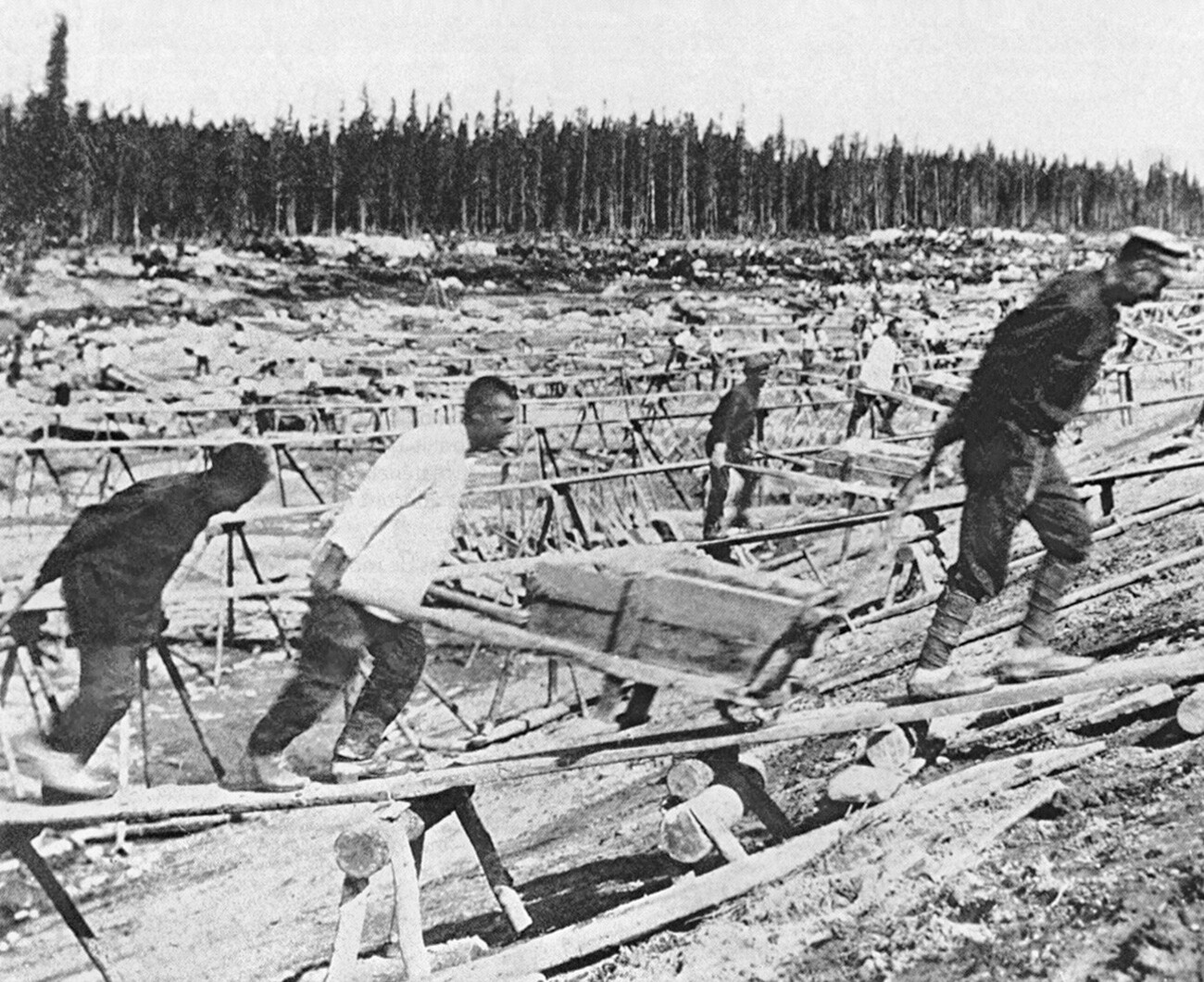
One day, he proposed to hold an "all-camp sports contest" to the camp management, which he himself supposedly wanted to organize. The bosses liked the idea, so they expanded Solonevich's powers, allowing him to travel freely between several camps. While pretending to be actively working on the sports event, he was preparing an escape and studying the available routes.
The escape began with the organization of business trips, so Ivan and his sons could stay out of the Chekists' sight for a while. On July 28, 1934, Ivan and Yuri left the camp three hours apart and met at a previously agreed place. Boris had escaped three days earlier and was already on his way to freedom. Father and son began to advance towards the village of Koikiri, from which they could reach the Finnish border. This was their last chance: at that time, an escape from the USSR was already punishable by death.
Their journey was expected to take eight days, but the dense forests of Karelia forced the fugitives to walk carefully. Only on the sixteenth day did they manage to reach the border and, after crossing it, they learned from the local border guards that Boris had passed it two days earlier. The family was allowed into Finland. The fate of Ivan's wife, however, remains unknown.
The Solovki special camp was one of the most unassailable camps of the Gulag. It was located on the Solovetsky archipelago surrounded by the White Sea. The water was always very cold and turbulent around the islands. Even in July, the water temperature did not rise above 7 degrees Celsius. It would seem impossible to escape from such an isolated place, but there was a man who pulled it off.
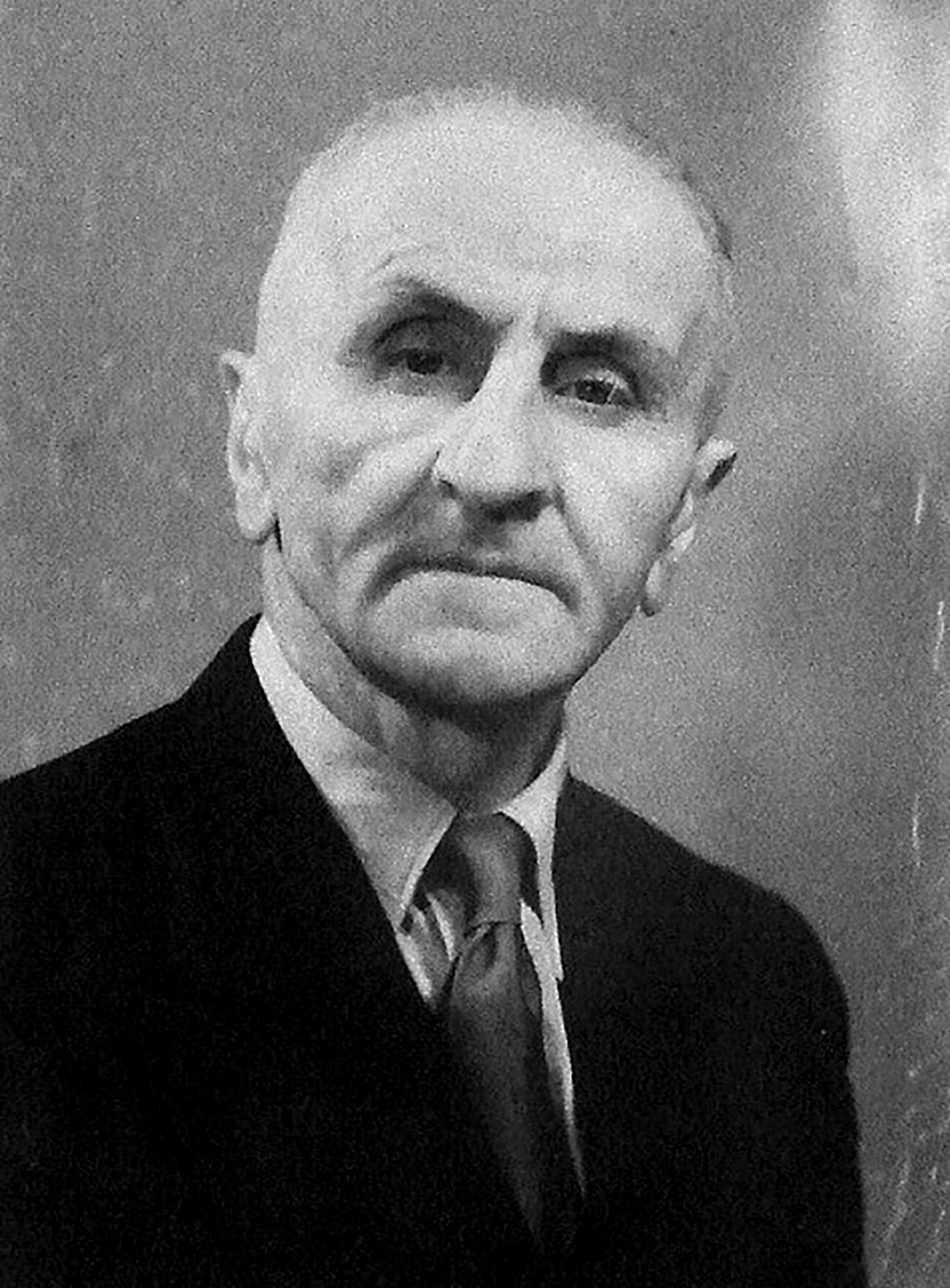
Sozerko Malsagov was sent to the Solovki camp in January 1924. Before that, during the October Revolution, he had fought on the side of the White guards and, therefore, after the victory of the Reds, he, like many other "whites", was put on the wanted list. Sozerko escaped to Turkey, but eventually, having believed the Soviet decree to pardon all the White guards, he returned to his homeland and was arrested.
After only a year of imprisonment, he managed to escape across the Finnish border together with his comrades. On May 15, Sozerko and other conspirators were sent to the mainland to do some timber work. Upon signal, they managed to overpower the weapons from their guards' hands and escape. They headed north, but could not relax at any point – they were being chased. Sozerko and the other escapees had to shoot back to fend off the pursuit.
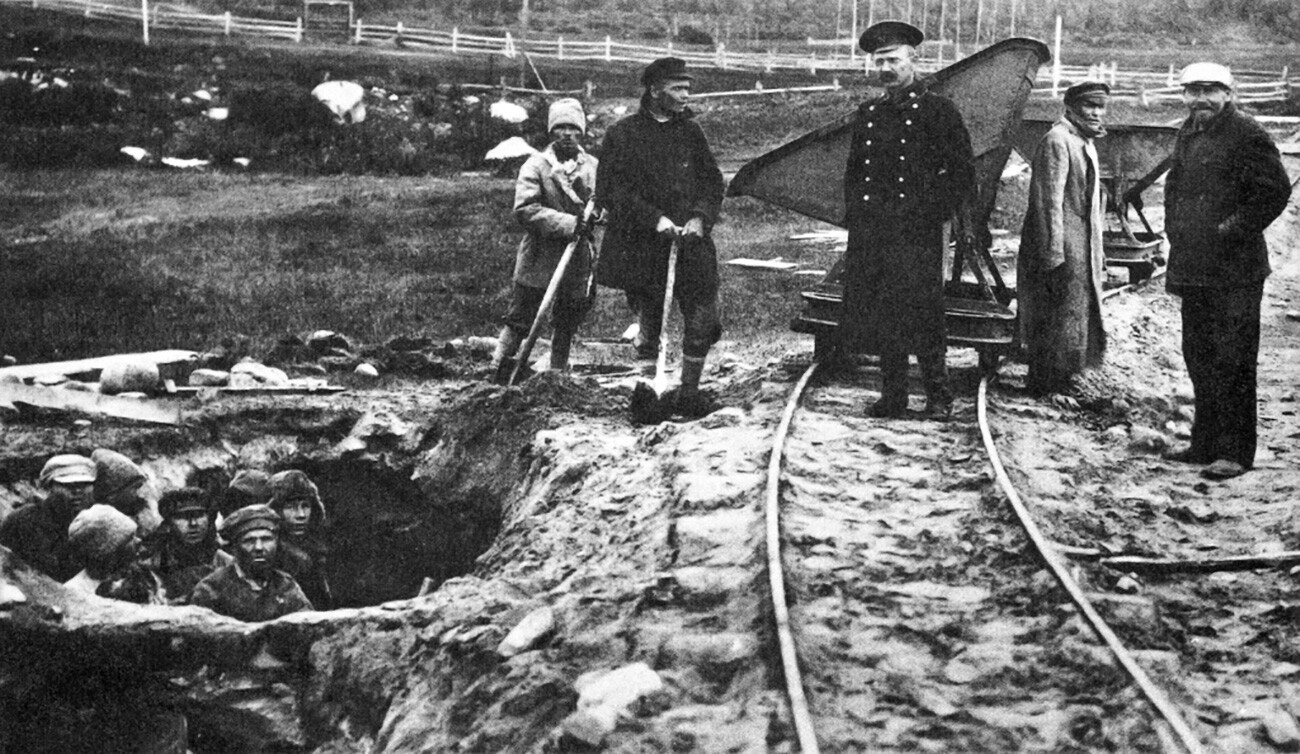
"During those first days, we walked non-stop for twenty-four hours… But, soon, fatigue began to take its toll. There were no roads, our path lay through damp soil covered with dense low-growing vegetation, and through endless swamps," is how Sozerko described their way to the Finnish border.
In late June, he and his comrades crossed the Finnish border, from where they were already able to emigrate to other European countries. Later, Sozerko wrote an autobiographical documentary titled ‘The Hell Island’, in which he described in detail the horrors of the Solovki camp, his successful escape and his subsequent life after.
In 1930, zoologist Vladimir Chernavin was arrested on indirect suspicion of intentional wrongdoing at a tinned fish factory and exiled to a camp on the Solovetsky Islands. His wife was also arrested to exert psychological pressure on the prisoner in an attempt to make him confess.
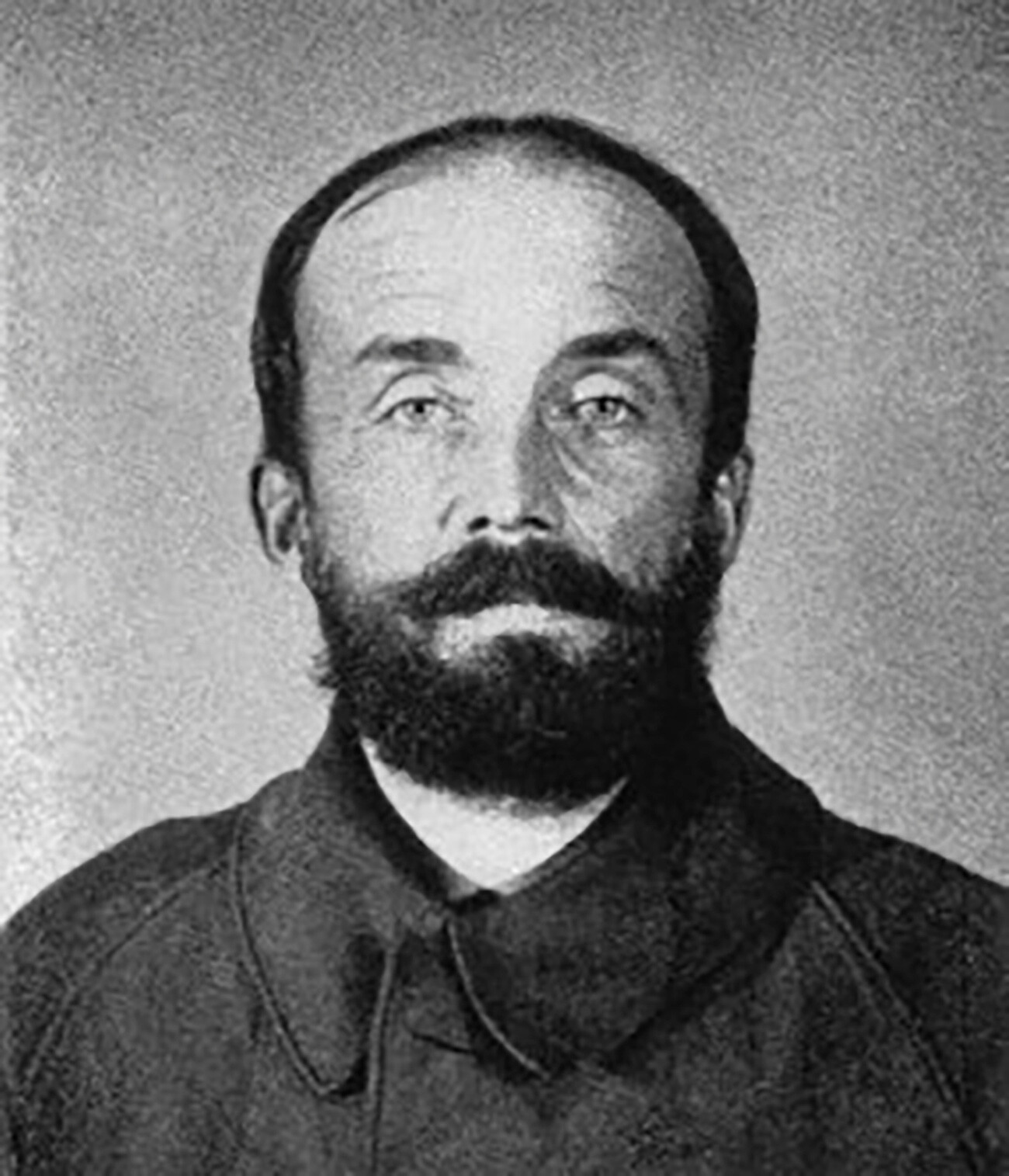
He was later able to secure his transfer to the mainland, to a camp in the town of Kem. There, he got a job in line with his degree at the camp fish farm. Chernavin would have served his sentence to the full, had he not learned that his wife had been released from prison. So, he decided to organize the escape of his entire family not just from the Gulag, but from the USSR entirely.
In his job, Chernavin would often travel between camps without guards, as he was choosing places for fishing. At the same time, he was thinking over routes and ways of retreat. He realized that the northern forests off the beaten track were an excellent place for escape, as the Chekists could not navigate there.
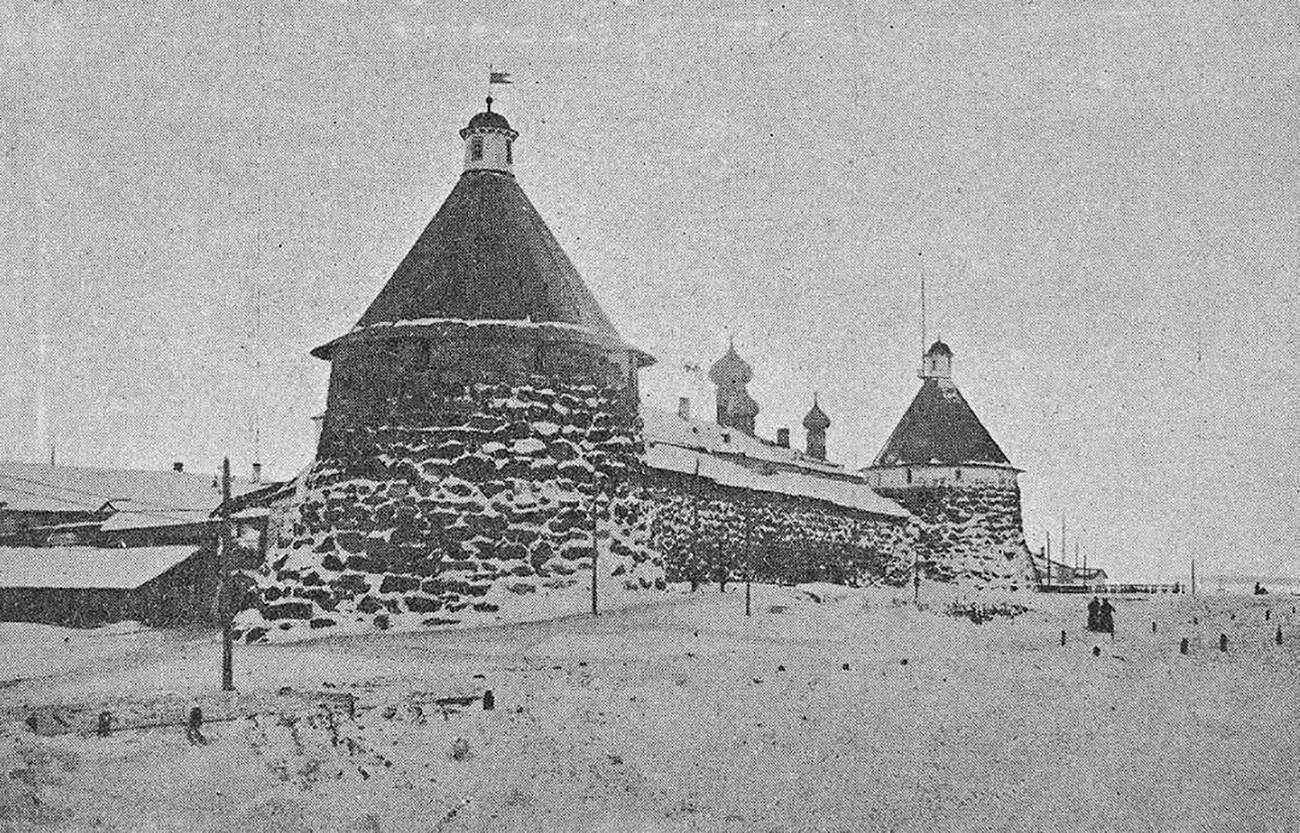
In August 1932, when his wife and son came to visit him again, Chernavin fled the town of Kandalaksha with them.
"I fled the labor camp, risking the lives of my wife and son. Without weapons, without warm clothes, in terrible shoes, almost without food. We crossed the sea gulf in a holey boat, which I put patches on myself. We traveled hundreds of kilometers. Without a compass or map, far above the Arctic Circle, through wild mountains, forests and terrifying swamps," is how he later described their way to the Finnish border in the book 'Notes of a pest'.
The journey to the border took 22 days. After Finland, the entire family settled in Great Britain.
If using any of Russia Beyond's content, partly or in full, always provide an active hyperlink to the original material.
Subscribe
to our newsletter!
Get the week's best stories straight to your inbox